While there are over 45 species of termites in the United States, they fall into three main categories: subterranean, drywood, and dampwood. Most of these termites plague the South and Southwest; however, subterranean termites can survive in every state except one. In fact, there is only one state without termites.
Termite Types
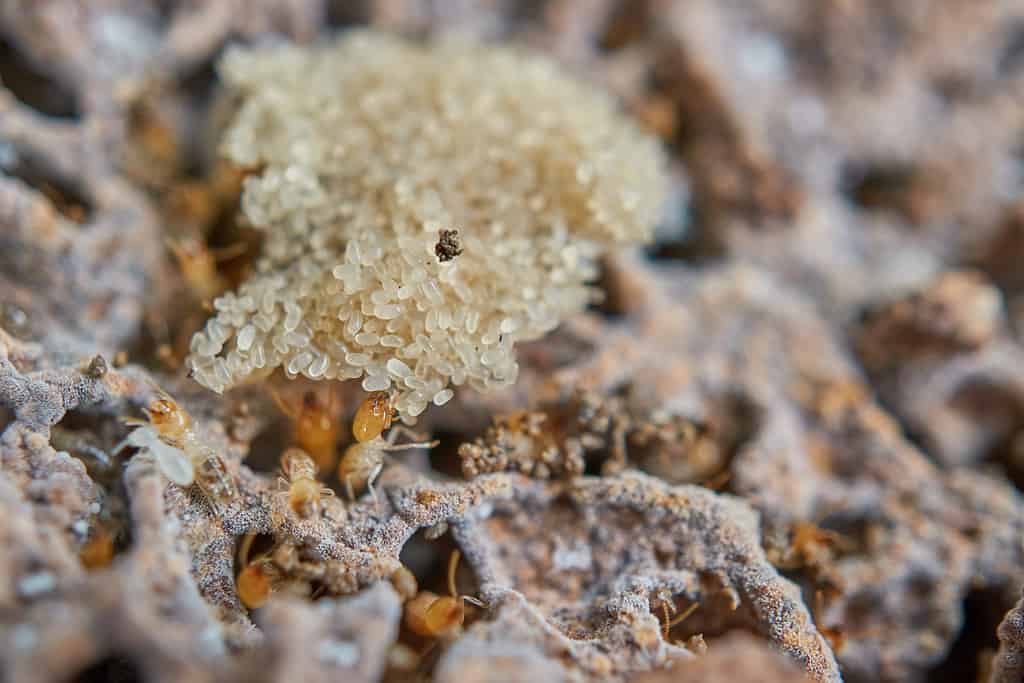
Termites do not sleep and build their colonies 24 hours a day, every day.
©Criniger kolio/Shutterstock.com
When you have an infestation, the most common type of termite you will run into is the subterranean termite. However, drywood and dampwood termites also frequently cause damage if you live in the southern states. Discover the three main types of termites and how to identify them.
Subterranean Termites
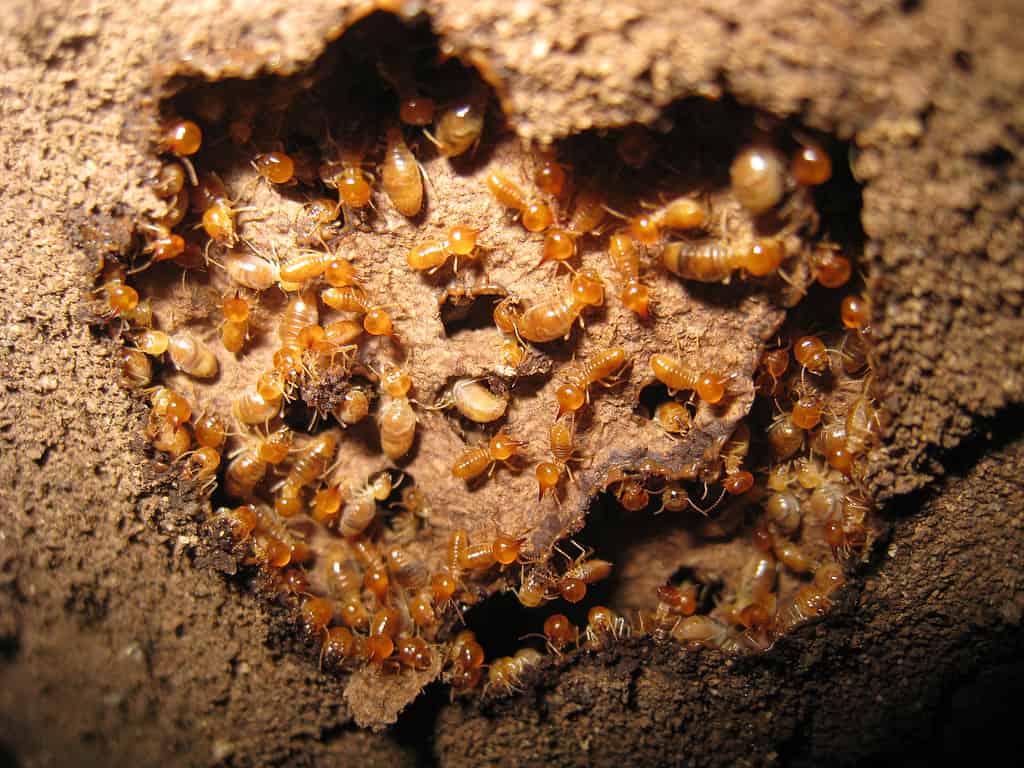
Termites are among the few creatures in the animal kingdom that utilize wood/cellulose as a food source.
©Cheng_Wei/iStock via Getty Images
Of the family Rhinotermitidae, the clearest sign you are dealing with subterranean termites is the presence of mud tubes. Subterranean termites construct mud tubes from the colony to different wood sources. The mud tubes shield the termites from dry air and give them a moist environment to travel. Plus, the tubes protect the termites from predators, of which ants are the most common predators.
Subterranean termites will infest your house’s trees, wooden fencing, and structural beams. Also, up to two million termites may reside in one underground colony. Another indication that you have a problem with subterranean termites is a layered appearance in the infected wood. Subterranean termites eat along the grain of the wood and around hardwood sections. So, the wood may appear layered from the termite damage.
Drywood Termites
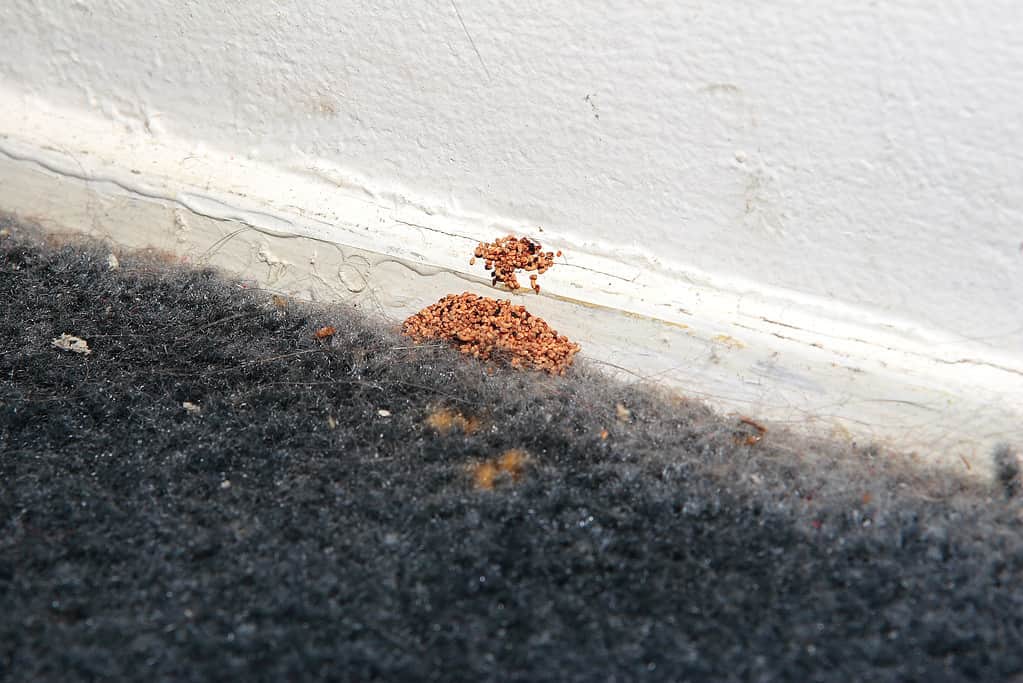
One of the signs you have a drywood termite infestation is fecal pellet piles.
©ibkev/iStock via Getty Images
Of the family Kalotermitidae, drywood termites tend to infest dead trees, structural beams, and hardwood floors in houses. They may also hitchhike to other locations via wooden furniture or shipping crates. An established colony may contain up to 5,000 insects.
A primary difference between subterranean termites and drywood termites is that drywood termites do not need contact with soil. In addition, drywood termites cause damage at a much slower rate. In fact, it can take up to five years for drywood termites to cause conspicuous damage. Instead of mud tubes, signs you may have a drywood termite infestation are shed termite wings or fecal pellet piles underneath the infested wood. Drywood termites also eat across the wood grain, whereas subterranean termites eat along the wood grain.
While drywood termites don’t cause nearly as much damage as subterranean termites, they are still a headache to address.
Dampwood Termites
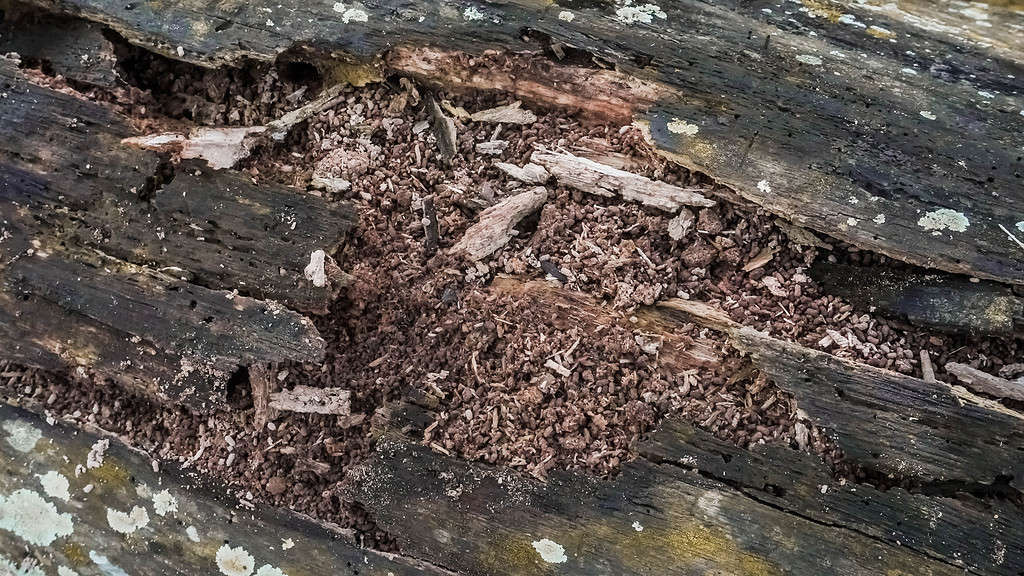
An established termite queen may lay more than 1000 eggs per day.
©Rizky Ade Jonathan/iStock via Getty Images
In the family Kalotermitidae and Hodotermitida, dampwood termites prefer wood with high moisture content. While most dampwood termites do not need contact with soil, damp wood on the ground, like stumps, logs, and branches, lures them. Of the three main kinds of termites, dampwood termites are the least likely to infest your home since structural wood is typically too dry for them. So, the time to be cautious of dampwood termites is if you have water damage to your house. States plagued by flooding, heavy rains, or hurricanes will most likely deal with dampwood termites.
Termite Range
As mentioned, subterranean termites may be found across the United States, except for one state, which is the only state without termites. Subterranean termites range from the East to the West Coast and even find their way to Hawaii. However, California and southern states like Alabama, Mississippi, Georgia, Florida, West Virginia, and East Texas have the densest populations.
Drywood termites are found in the Southwest in Arizona and California. They are common in southern states like South Carolina, Georgia, Florida, Mississippi, Alabama, Louisiana, and Texas.
Dampwood termites extend across the Southwest in New Mexico, Arizona, Texas, and California. In Florida, they are more common in the south of the state and the Florida Keys. They also inhabit the Pacific Northwest in Idaho, Oregon, and Washington. While not as common, dampwood termites exist in Montana and Nevada.
Overall, this Termite Infestation Probability Map, first created in the 1980s but recently updated in 2021, shows an overview of infestation probability in the United States.
The Only State Without Termites
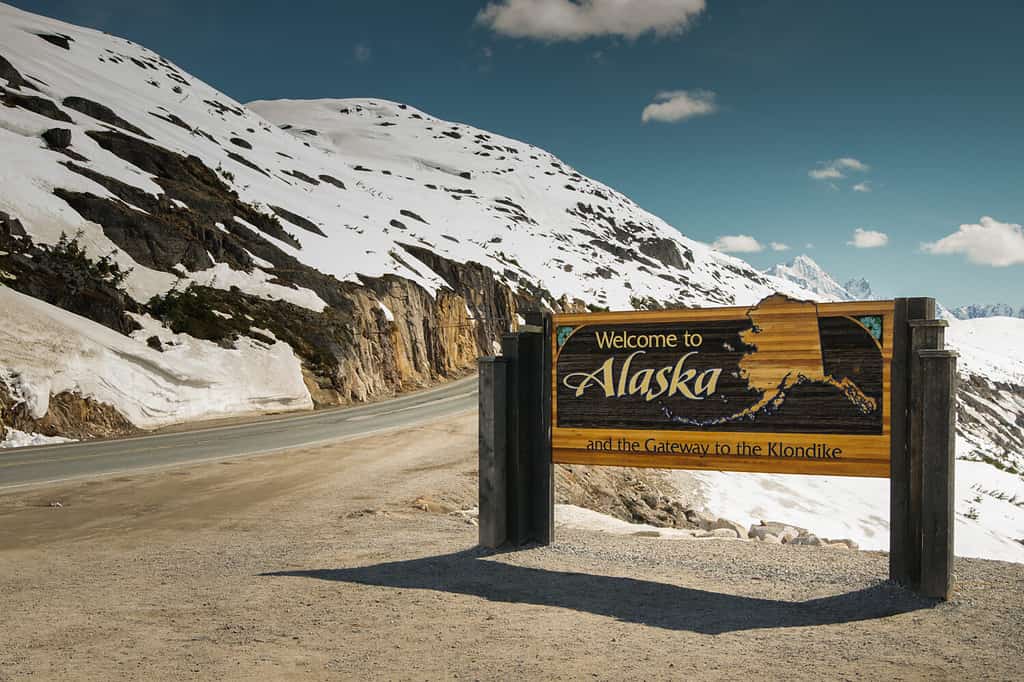
Termites forage primarily in the top six to twelve inches of soil. However, permafrost in Alaska makes the state inhabitable for termites.
©Benjamin Suda/Shutterstock.com
Out of all the 50 states, Alaska is the only state without termites.
Why Aren’t There Termites in Alaska?
The climate and severe cold conditions in Alaska make it impossible for termite colonies to survive. Any temperature of 25°F or below causes a termite to die within minutes. While the summer months on the Alaskan mainland range from 45°F to 75°F, the winter months are about 20°F to −10°F.
Usually, to survive winter temperatures in other states, termites tunnel below the front line, as deep as 40 inches below the surface. However, Alaska has permafrost or permanently frozen ground. About 85 percent of Alaska has permafrost, with the thickest areas in arctic Alaska. Below the surface of the Arctic Coastal Plain, permafrost extends 2,000 feet in some areas. And so, since the termites can’t go underground to escape the cold, and with the winter months being 20°F or colder, termites can’t survive in Alaska.
The photo featured at the top of this post is © ChaiyonS021/Shutterstock.com
Thank you for reading! Have some feedback for us? Contact the AZ Animals editorial team.







